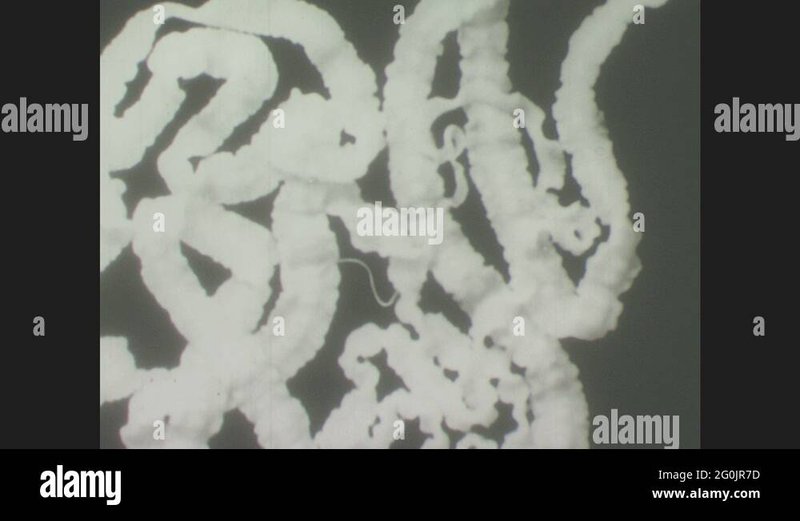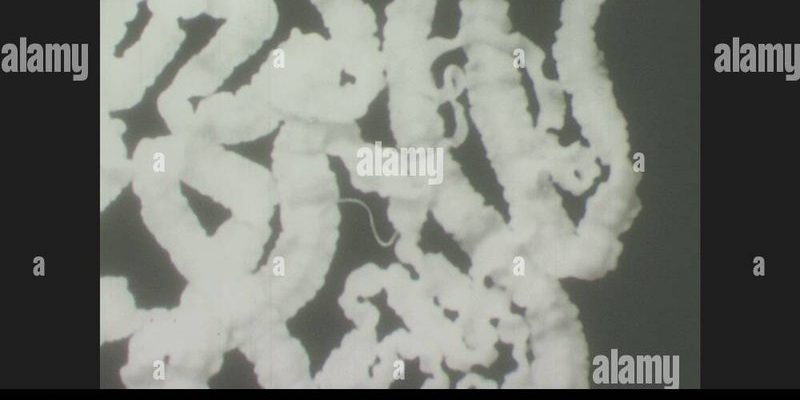
Imagine setting up a camera in a forest or a meadow to catch glimpses of wildlife. Now, swap out deer and rabbits for a different kind of wildlife—the elusive tapeworm. By using remote field cameras, like those from Bushnell or Reconyx, researchers can observe these creatures in their natural habitat without any human interference. It’s a game-changer for understanding their behavior, reproduction, and habitat preference. You might be wondering, how does this all work? Let’s dive into the intricate details of documenting tapeworm behavior and why it matters.
Why Study Tapeworm Behavior?
Understanding tapeworm behavior is crucial for a few reasons. First, tapeworms are not just parasites; they can give us insights into the health of their hosts. If we can track how they interact with their environment and hosts, we could learn more about the overall ecosystem health. Think of them as tiny sentinels that reflect the state of their world.
Secondly, many tapeworms have complex life cycles involving multiple hosts, which makes their behavior even more intriguing. By documenting their interactions through field cameras, researchers can analyze patterns—like feeding habits or breeding rituals—that might not be evident through traditional studies. Honestly, it’s a bit like piecing together a jigsaw puzzle, where every small detail counts.
Finally, increasing awareness about tapeworms can help combat common misconceptions. They’re often viewed solely as harmful parasites, but they can also play roles in their ecosystems that are beneficial. By showcasing their behaviors, we can promote a better understanding of these creatures and their importance in nature.
Setting Up Field Cameras
To document tapeworm behavior effectively, setting up field cameras is an essential first step. The setup process can be pretty straightforward, but a few important factors come into play. You’ll want to choose a camera that offers features like high resolution, night vision, and good motion detection capabilities. Brands like Bushnell and Reconyx are popular for their reliability in the field.
Here’s what you need for a successful setup:
- Location: Identify areas where tapeworms might be found, such as near their host organisms.
- Camera Placement: Position the camera at a height and angle that maximizes your chances of capturing activity. Keep it hidden from view to avoid disturbing the natural behavior.
- Power Source: Ensure that your camera has a reliable power source—many cameras run on batteries, so plan for changes when necessary.
- Data Storage: Check that you have adequate storage on the camera’s memory card so you can capture long periods of footage.
You want to think of the field camera setup as if you’re making a home for your tapeworm stars. Everything needs to be just right for them to feel comfortable enough to “perform” in front of the lens.
Observing Behavior Through Footage
Once your field cameras are up and running, the real fun begins. You’ll collect hours of footage, revealing a new world of tapeworm behavior. Watching this footage is like opening a treasure chest filled with surprises. You might spot interactions with their hosts, movements, or even shedding behaviors.
For example, observing how tapeworms approach their hosts can shed light on the strategies they use for attachment and feeding. Are they very active at certain times of the day? Do they prefer specific types of hosts, or are they more generalists? These questions can get answered by simply watching how they behave in their natural settings.
Moreover, you might also notice changes in behavior due to environmental factors. For instance, temperature changes could affect their activity levels. Each observation adds another layer to our understanding of these creatures, which is essential for both science and ecology.
Challenges of Documenting Tapeworms
As fascinating as tapeworms are, documenting their behavior comes with challenges. One major issue is visibility. Because tapeworms are often found inside their hosts, capturing direct footage of them can be tricky. Researchers need to rely on indirect observations, such as recording their movements or effects on host behavior.
Another challenge is the need for patience. Field cameras might not capture interesting footage every day. You may wait for days or weeks before seeing anything noteworthy. This waiting game can be discouraging, but it’s part of the scientific process. You have to be ready to sift through lots of footage to find your gems.
Finally, interpreting the footage can also be complex. Tapeworm behavior might not always be straightforward. Understanding what behaviors mean requires knowledge from a variety of fields, including parasitology and ecology. The more you research and connect the dots, the clearer the picture becomes.
The Role of Technology in Tapeworm Research
Technology plays a pivotal role in documenting tapeworm behavior. Field cameras equipped with advanced features don’t just capture images; they provide valuable data for researchers. Some cameras, like the ones from Reconyx, can sync with mobile devices, making it easier to monitor activities remotely.
Using technology also allows researchers to analyze footage more efficiently. With the help of software, they can fast-forward through hours of video, tagging important events or behaviors. Innovations in artificial intelligence can even assist in identifying specific patterns over time, making the research process smoother and more insightful.
Moreover, this technology opens doors for citizen science. Enthusiasts can use similar setups in their own backyards to collect data. This widespread involvement can lead to a broader understanding of tapeworm behavior across various environments and hosts.
Real-World Applications of Tapeworm Research
Understanding tapeworm behavior isn’t just an academic pursuit—it has real-world implications. For instance, research could inform public health strategies regarding parasitic infections. By tracking how tapeworms interact with their hosts, health officials could better predict outbreaks and formulate prevention strategies.
Additionally, the insights gained from studying their behavior might aid in developing treatments. If researchers can observe how tapeworms react to certain environments or hosts, this knowledge could lead to more effective management strategies.
On an ecological level, documenting tapeworm behavior helps in understanding biodiversity. Each species of tapeworm has a unique role in its ecosystem, and learning about those roles can help conservation efforts. When we protect these creatures, we also protect the web of life they’re part of.
Concluding Thoughts
Documenting the behavior of tapeworms with field cameras is not just about observing these creatures; it’s a window into understanding an essential part of the ecosystem. Every observation helps unravel the mysteries surrounding these fascinating organisms. By utilizing modern technology, researchers can gain insights that were once difficult to achieve.
So, next time you think about tapeworms, remember that there’s a whole world of behavior waiting to be documented. With the right tools and a patient eye, scientists and enthusiasts alike can contribute to the growing knowledge about these misunderstood creatures. It’s a journey worth taking, full of surprises and discoveries that deepen our appreciation for the intricate web of life on Earth.

